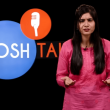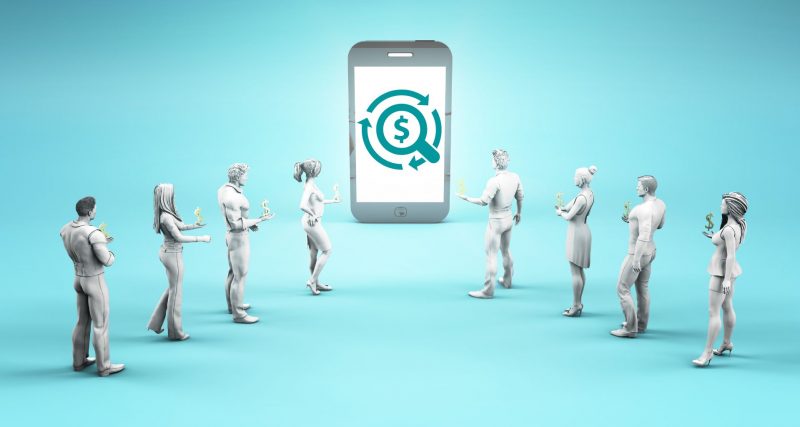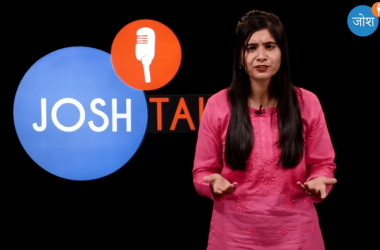The skills to budget and manage personal finances are proven beneficial to modern living. However, not everyone can manage their finances well.
If you are struggling to manage your finances, it is not the end of the world! There are viable solutions available that can help you achieve financial wellness. One effective solution is to use a personal finance app.
Personal Finance Apps – Definition and Uses
Personal finance or budget apps are software applications designed to help you manage your finances and improve your money mindset. Personal finance apps offer speed and convenience as they are accessible from computers, tablets, and smartphones.
ADVERTISEMENT
The standard personal finance apps can track income, debts, savings, expenses, and instruments. They help users achieve desired financial goals.
One of the best things about personal finance apps is that most of them can sync with financial accounts; they can provide an accurate view of your financial situations and habits. Budgeting apps can track expenses and categorize them. Furthermore, they can organize data to determine spending patterns and allows users to realize negative spending and budgeting habits
Personal finance apps fall into two categories – paid and free. Some apps have both free and paid versions to attract more users. Several premium personal finance apps use the subscription model, which asks users to pay a fee after a time interval (e.g. monthly). Although it may be practical to choose a free app, you may want to consider the paid ones for their more advanced features that are worth paying for.
ADVERTISEMENT
To start with your search for the best app for you, here are 6 of the most recommended personal finance apps to consider:
1. Mint
Many authority and review sites include Mint in their list of best personal finance apps. This app is one of the most popular in this category and has approximately 25 million users. Mint is free, easy to use, and practical. It is a versatile app that helps you improve your spending habits.
Mint’s budgeting features let you organize your spending by using categories. This method allows you to see spending trends quickly and evaluate them when needed.
ADVERTISEMENT
Mint’s core features include:
- Budgeting tools
- Spending categorization
- Investment tracking
- Bill payment reminder
- TransUnion credit score access
- Financial accounts (bank account, credit card, loan) syncing
- Educational resources like loan repayment calculator, home affordability calculator, and money management tips
- Multi-factor authentication and security scanning
Though Mint is free, it features in-app financial product advertisements and minor technical issues that can disappoint users.
2. PocketGuard
PocketGuard makes it to this because of its ability to help users break bad money management habits. This app is capable of:
- syncing with financial accounts like savings, credit cards, and lines of credit
- Track income, expenses, and savings every month
PocketGuard helps you set up financial goals and spending limits.
It determines expenses and saving opportunities and reminds you when bills are due. It has an intuitive algorithm that calculates how much you can spend considering relevant factors like income, bills, expenses, and monthly budget.
PocketGuard reminds you of how much you can spend every day. You will get a reminder every time you overspend. This method makes it easier for you to stay on track in your budgeting and financial planning.
PocketGuard offers both a free and paid premium version (subscription-based). The app is easy to use, although the paid version is much more advanced than the free one.
3. Personal Capital
Personal Capital is different from other budgeting apps in the market. This app is ideal for those who do not only need to manage their spending and household budget. Personal Capital also assists in managing investments. The app can track income, expenses, assets, and diversified investments and put them in different categories.
Despite being more robust than other finance apps, Personal Capital remains user-friendly as it manages financial accounts in one place.
As mentioned above, the app imports transaction data from accounts. Then, Personal Capital splits these transactions into categories like credit cards, loans, or investments.
Personal Capital is capable of:
- Integrating financial accounts easily. Personal Finance is already linked with more than 14,000 financial institutions
- Importing transactions files from linked accounts
- Managing domestic and SWISS bank accounts
- Connects to investment portfolios to show net worth
- Analyzes investments and identifies hidden fees
- Helps plan retirement investment options.
Take note that not all accounts can be integrated into this app. However, you can still manually encode investment data. Personal Finance may not be suitable if you want to focus on budgeting. Although the app can show your total income and expenses every month, the app does not create specific financial goals to guide users.
Personal Capital offers both free, and paid service, which focuses on investment management.
4. GoodBudget
GoodBudget is a great choice if you want to introduce your relative to a family finance app. Like other money management apps on this list, the GoodBudget app tracks expenses, and bills. What makes this app stand out is it allows multiple users in one account. This means that financial information can be shared with other people you are sharing a budget with.
GoodBudget is relatively simple to use as it uses the digital envelope system. This system divides an income into spending categories like:
- Groceries
- Rent
- Bills
- Recreational expenses
- Household needs
- Health insurance
You may label the digital envelopes by the categories you choose. In addition, you can also set the maximum amount you can spend. The GoodBudget app has an intuitive capability that determines how much of the set amount is left to spend. The digital envelope system the app implements discourage overspending and impulse buying.
GoodBudget offers paid and free plans, though the free version of the app has limited features.
5. YNAB
YNAB (You Need A Budget) is one of the most reputable personal finance apps in the market today. This app promises a complete budget makeover for its users.
The downside of YNAB is you need to pay to maximize the app’s features. This may not be an issue for those who do not mind spending on a money management service. If you are not ready to commit, you can take the 34-day free trial YNAB offers new users.
YNAB can sync with bank accounts. But it also allows you to import or add data manually. Compared to other apps, YBAB is not focused on tracking spending. Instead, it takes a more proactive approach. Users need to create a budget based on their income. They are then required to assign a purpose to every dollar recorded.
The idea is to plan the expenses a month ahead. This strategy keeps users on track and follows their monthly financial plan. Ultimately, YNAB encourages you to be conscious of your spending habits. YNAB is known for its strong customer support and extensive educational resources.
Final Thoughts
The best personal finance apps should not only be effective, but they must also take user security seriously. Top apps in this category utilize tight security measures like 256-bit encryption, biometrics identification, and multi-factor authentication.
More and more budgeting apps are being introduced to the market every month. The competition to attract people’s attention is stiff in this app category. Yet, some apps have remained on top because of their features, user-friendliness, and efficiency. There is no perfect personal finance app that suits everyone. Every individual has their own needs and priorities. For more interesting articles on Finance, check out our blog now.








